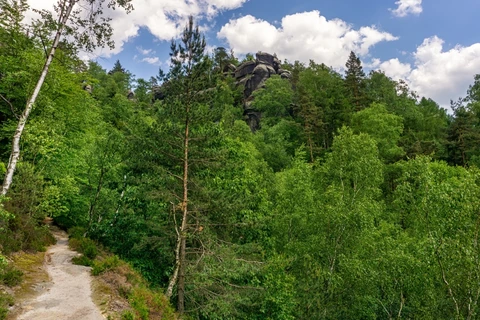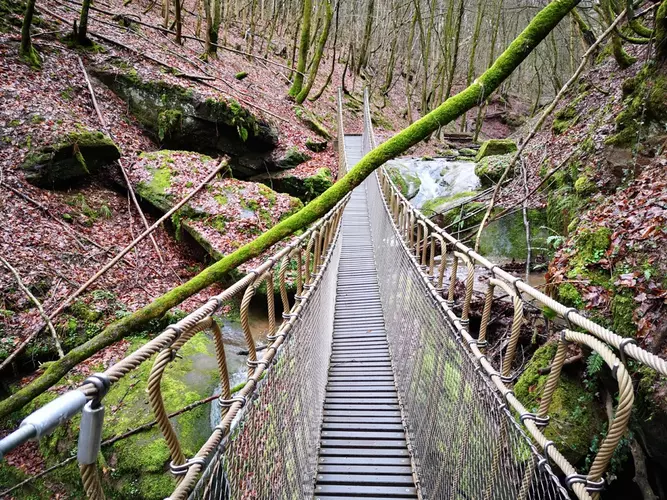"Explore Germany's diverse trails, offering stunning landscapes, rich history, and enchanting adventures for hikers."
Germany offers a hiker's paradise with its diverse landscapes, from the rugged peaks of the Bavarian Alps to the serene Black Forest and the enchanting trails of the Harz Mountains. Discover the romantic Rhine Valley with its vineyard-clad hills and medieval castles, or wander through the mystical Saxon Switzerland with its unique rock formations. Each trail offers a blend of natural beauty, rich history, and charming villages, promising an unforgettable adventure for every hiking enthusiast.
Most popular hikes
FAQs about hiking in Germany



























